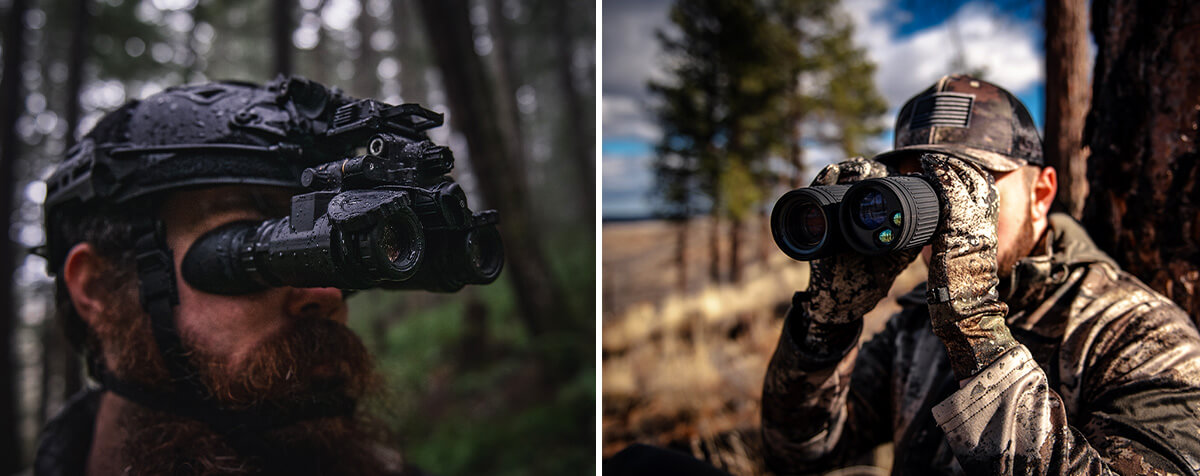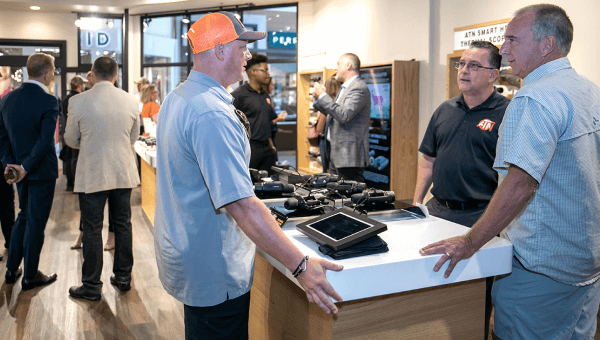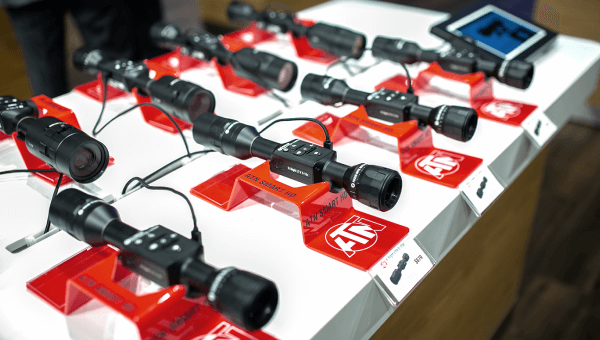Comparing Traditional Night Vision with Image Tubes to Digital Night Visions

In the world of nocturnal hunting and sport shooting, night vision cameras are invaluable - but when it comes time to decide on which one is the best for your use, there are a few key components to consider. Typically, when choosing a night vision device, you have two ways to go: either a traditional night vision camera or a digital night vision camera. Regardless of which you choose, either one will do the job, but it can depend on your preferences and shooting style.
What is Traditional Night Vision with Image Tubes?
Traditional night vision devices (sometimes referred to as analog) have been around for decades. These devices are considered optoelectronic devices that amplify the rest light of the night to produce an image similar to the one you see naturally with your eyes. They do this by using a photocathode and an image intensifier tube to brighten the image for prime visibility.
Traditional night vision devices were first developed in 1935 and were used by the Germans in the second world war. At that time, they were very large and required an additional infrared light source. Since then, new generations of traditional night vision cameras have been improved to the point where they can operate without an additional infrared light source. Traditional devices are most often used by professionals such as police, special forces, and the military because there is no motion delay or refresh rate with analog imaging.
What is Digital Night Vision?
Although digital night vision devices haven't been around for decades, they have been on the market for several years. Digital night vision cameras operate differently than traditional or analog devices in that they don't use any image intensifier tubes. Instead, they process and convert the optical image into an electric signal through a highly sensitive image sensor that is similar to those used in digital cameras. The electric signal that is produced is then transferred to a micro-display which provides a high-resolution image to the viewer.
Digital night vision devices such as monoculars, binoculars, and scopes are becoming increasingly popular with private individuals for nature watching, sport shooting, hunting, and surveillance purposes.
How Do Digital Night Vision Cameras vs. Traditional Night Vision Cameras Compare?
Since the introduction of digital night vision devices, there's been a common question that arises when considering the best device for the job - how do traditional night vision cameras and digital night vision cameras compare?
The Similarities
Overall, the traditional and digital night vision devices share many of the same qualities. They both provide the user with the unique ability to see in the dark. By enhancing the rest light of the night, users are able to see a brighter image similar to what they would see with the naked eye. In addition to that, they are also constructed similarly in shape and size so switching between the two for testing personal preference is simple.
The Differences
Many of the differences between these devices are biased towards digital night vision devices as they are less expensive, have fewer screen blemishes, and are more robust than traditional night vision cameras. In addition, because they are digital, you are also able to record what you are seeing as an image or as a video.
Find the Best Scopes with ATN Corp
As a leading Tech Optics company in the industry, ATN Corp is proud to be the market-leading manufacturer and developer of 4K resolution digital smart optics for day and night operation. Our optics are perfect for hunters, outdoor enthusiasts, and military alike, so make ATN your supplier for traditional and digital night vision devices and order the one that suits you best today!






